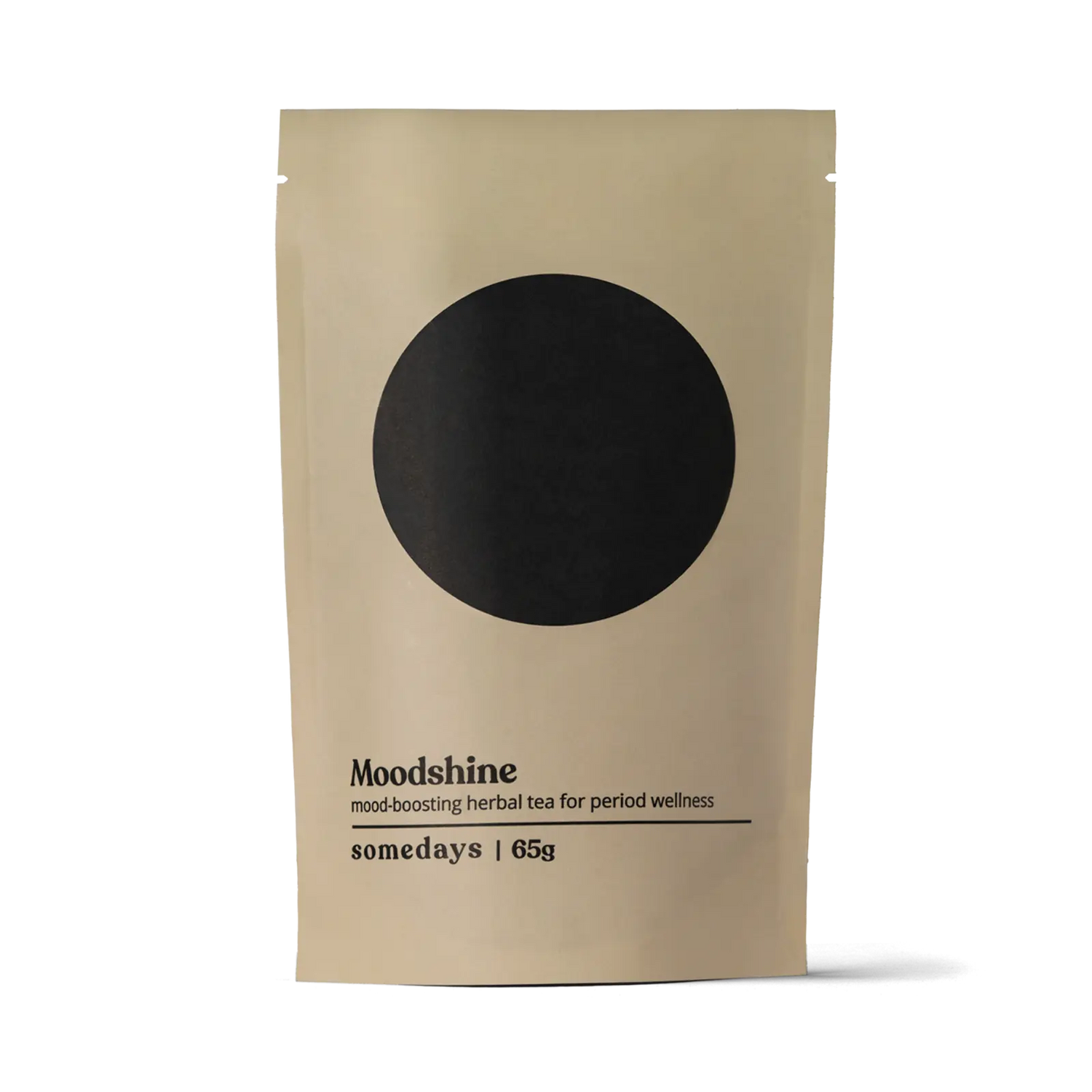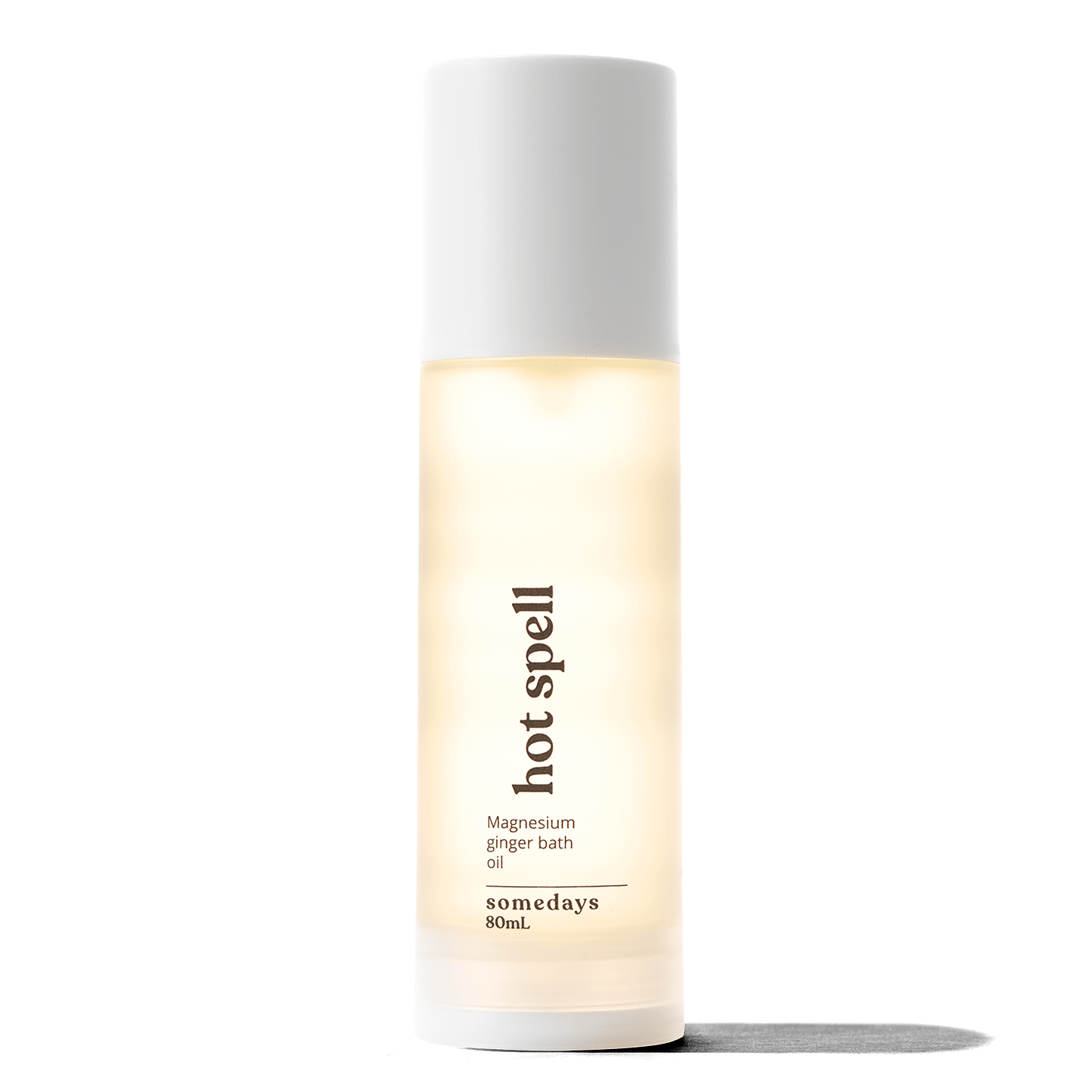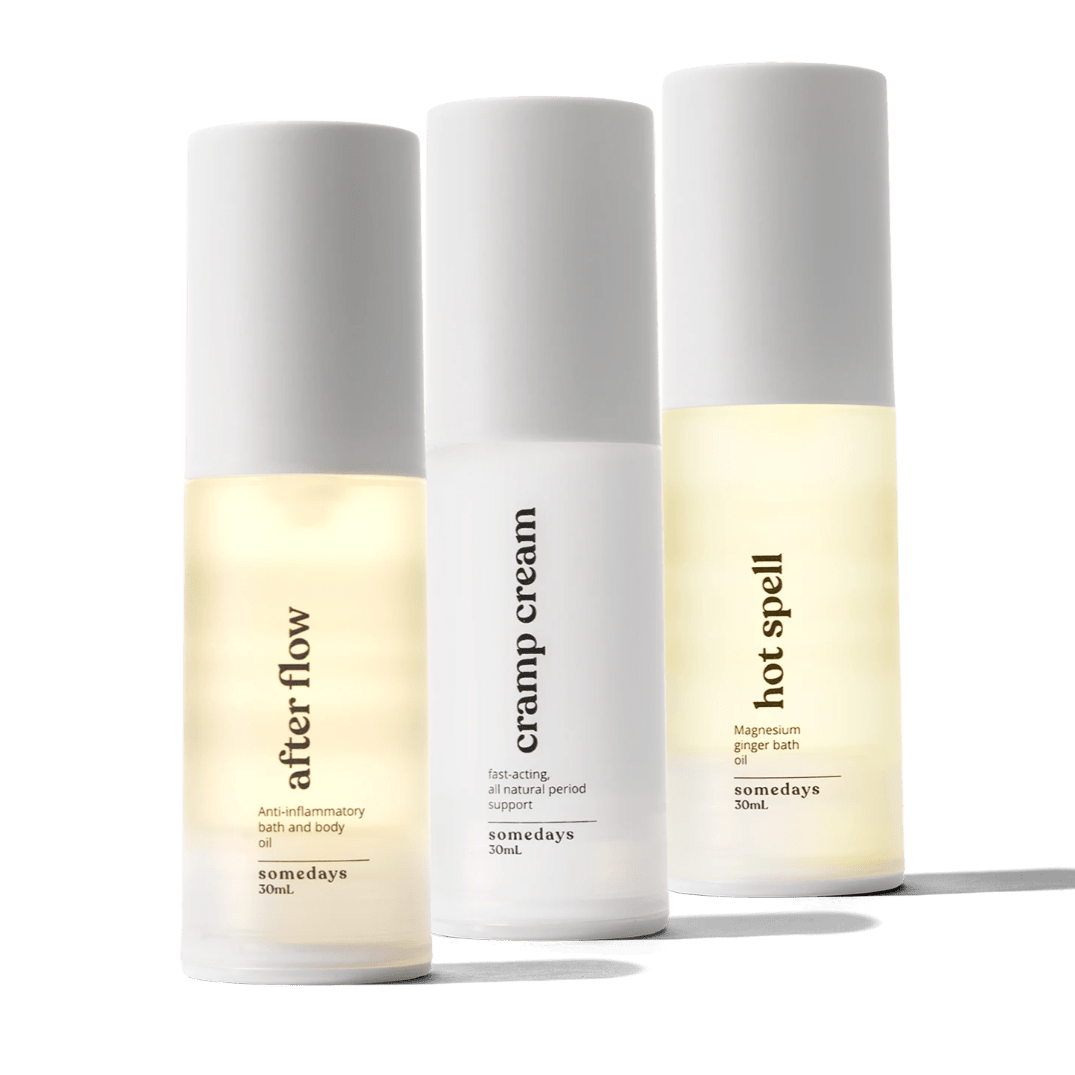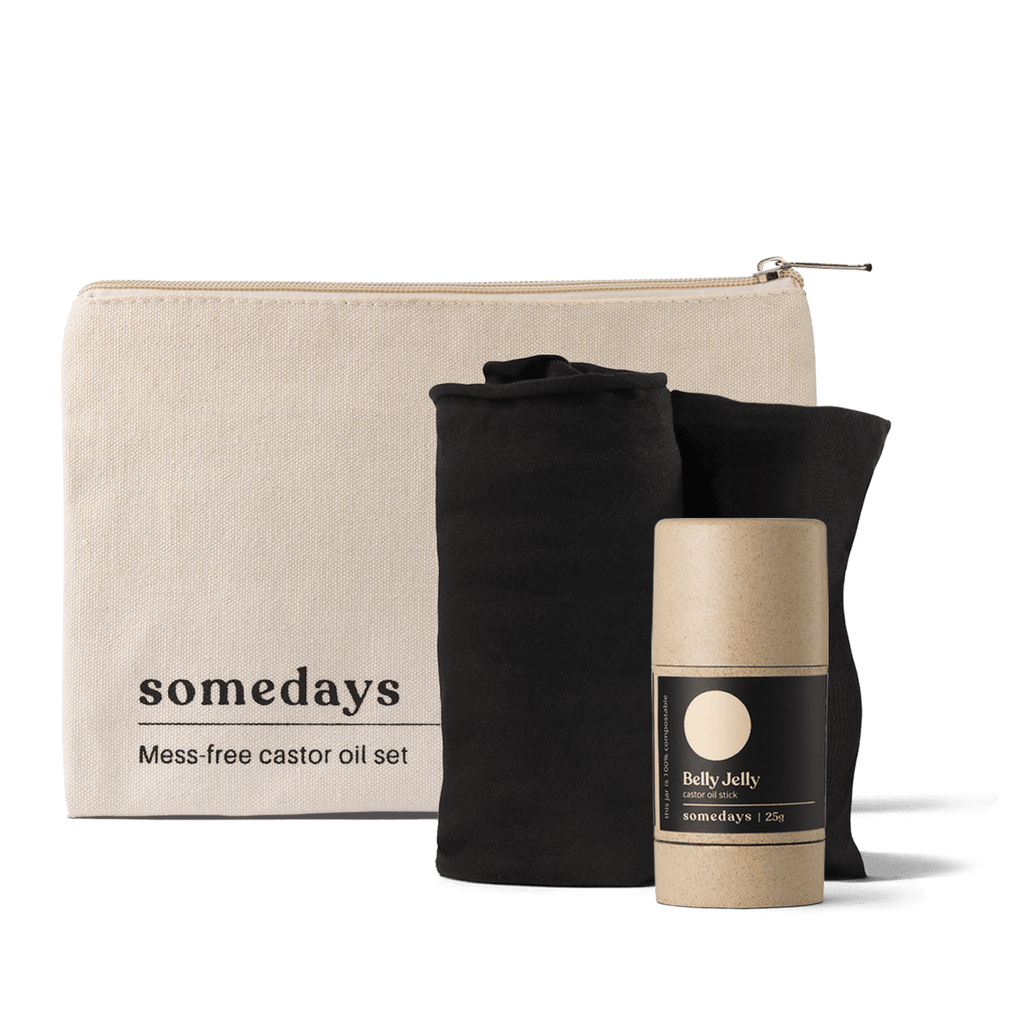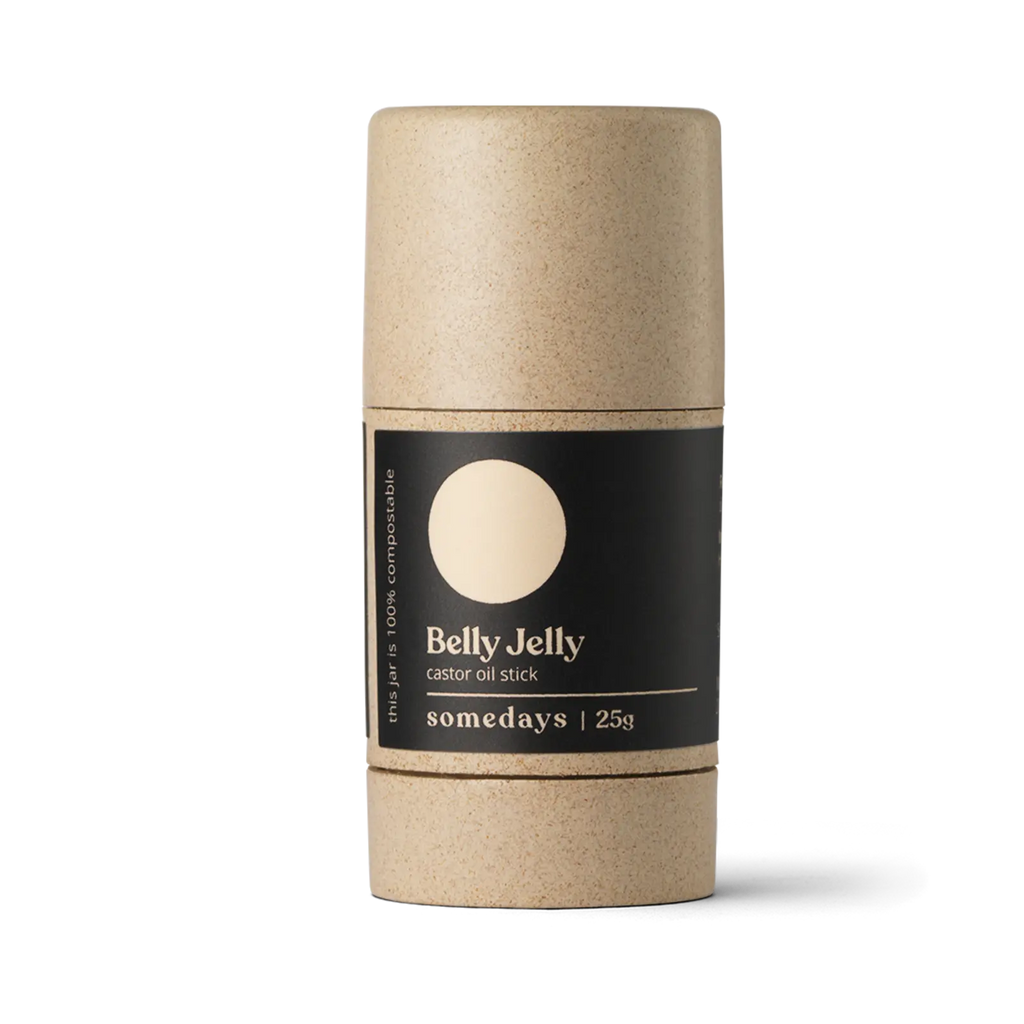Adenomyosis explained

Content Warning: This post discusses sensitive topics including miscarriage, infant loss, chronic pain, and surgical procedures. Reader discretion is advised.
You may have heard of endometriosis, the inflammatory condition where endometrial-like tissue grows outside of the uterus, forming often painful lesions on other organs in the body. But have you heard of adenomyosis?
The two are often confused because adenomyosis also affects the uterus and it can come with similar symptoms to endometriosis—but there are important differences between the two.
Let’s start with the similarities: both conditions often cause pelvic pain. They also both involve endometrial tissue. Endometrial tissue makes up the innermost lining of the uterus. It builds up each month in preparation for a potential pregnancy and sheds during menstruation if pregnancy doesn’t happen. In a typical menstrual cycle, what we see during our period is partly endometrial tissue leaving the body.
In cases of endometriosis, this endometrial-like tissue grows in places outside the uterus, attaching itself to other organs like the ovaries, fallopian tubes, rectum, and bladder, often causing pelvic pain and inflammation.
With adenomyosis, this endometrial tissue doesn’t stay in the innermost lining of the uterus, where it belongs—instead, it grows in the thick, middle layer of the uterus. This thickens the uterus and can cause symptoms like heavy bleeding and pelvic pain. It can also come with other symptoms like pain during intercourse or a feeling of bloating or fullness.
As with endometriosis, however, symptoms exist on a broad spectrum—around a third of people with adenomyosis experience no symptoms. Often revealed only with investigation post-hysterectomy.

In the simplest terms, endometriosis occurs when endometrial-like tissue grows outside the uterus, while adenomyosis occurs when actual endometrial tissue grows inside the wall of the uterus—both places where it does not belong. It’s possible to have both adenomyosis and endometriosis, but more research is needed to know exactly how common this is.
So what does all of this mean when it comes to the diagnosis and treatment of adenomyosis? And if we know that endometriosis can have impacts on fertility, how does adenomyosis affect fertility?
Why does adenomyosis happen?
Like with many health conditions affecting people with uteruses, there are research gaps that need to be filled in order to confidently understand the causes of adenomyosis. The unfortunate answer is that we don’t currently know for sure why either endometriosis or adenomyosis occurs.
There are some risk factors to keep in mind, however. Age is one factor—people with adenomyosis tend to be in their later years of fertility, between the ages of 35 and 50. After menopause, the symptoms of adenomyosis often get better. In cases of endometriosis, however, symptoms can persist beyond menopause.
Pregnancy is another factor, as some studies suggest, people who have had more than one pregnancy have higher rates of adenomyosis, but more research is needed to understand this link. The last factor is surgical history. Some procedures such as a previous cesarean section correlate with adenomyosis occurrence.
How is adenomyosis diagnosed?
Diagnosis for adenomyosis can be easier than for endometriosis, currently requiring a surgery called laparoscopy for definitive diagnosis. For adenomyosis, ultrasound and MRI imaging help providers to see whether the wall of the uterus is thicker than average, or other textural abnormalities, indicating the possibility of adenomyosis.
How does adenomyosis affect fertility?
Adenomyosis can have a negative impact on fertility. It can make getting pregnant more difficult because an embryo may struggle to implant successfully into the enlarged uterine wall. This is especially true for those undergoing in-vitro fertilization (IVF). Researchers found that people with adenomyosis had significantly higher rates of pregnancy loss.
Some treatments, such as undergoing a hormone treatment using gonadotropin-releasing hormone (GnRH), as well as ablation surgery to remove growths on the uterine wall, have been shown to have positive results on pregnancy outcomes.
Many people with adenomyosis conceive and have healthy babies, however, it’s important to get a diagnosis and receive appropriate treatment to increase the chances of conception and healthy pregnancy and delivery.
How is adenomyosis treated?
Current treatment options for adenomyosis include hormonal contraceptives, such as the IUD, possibly alleviating heavy menstrual bleeding, but may come with unwanted side effects. Another medication called Tranexamic acid is sometimes prescribed during the period as a non-hormonal way to reduce blood loss. Both of these can help to manage symptoms of adenomyosis.
There is one treatment for adenomyosis that prevents recurrence: a hysterectomy, where the uterus is surgically removed. This would not be an appropriate treatment for someone wishing to get pregnant; however, it does exist as an effective treatment option for those who don’t want to become pregnant.
Living with adenomyosis: self-care and natural pain relief
Regardless of the treatment options you seek out, self-care is important if you’re dealing with adenomyosis—any condition that brings chronic pelvic pain can be very difficult to live with. Taking warm baths, using heating pads, and maintaining a healthy lifestyle including gentle exercise and adequate nutrition all help with managing the pain that may accompany adenomyosis.
Castor oil packs are another way that we can manage these symptoms naturally, without harmful side effects. Castor oil has been shown to improve liver health, as well as have anti-inflammatory and hormone-balancing effects. The Better Cycle Kit has everything you need to add castor oil packs to your wellness routine and begin finding relief.
If you’re dealing with adenomyosis, know that you’re not alone. Chronic pelvic pain is not normal, nor something you should have to live with. Talk to your primary care provider if you are experiencing symptoms that may be related to adenomyosis—treatment is available. We all deserve to cycle without suffering.
Thea Walmsley is a writer based in Vancouver, Canada focusing on menstrual health and body literacy. After struggling with chronic pelvic pain for years, she discovered fertility awareness, which gave her the knowledge and self-understanding to manage symptoms more effectively. She is now a fertility awareness teacher-in-training, using writing, teaching, and storytelling to share this knowledge more widely and help others advocate for their menstrual and overall health.
Previous Article All Articles Next Article
All ArticlesBetter Cycle Kit
A modern approach to traditional self-care practices, designed to support your body's natural rhythms and provide relief from period discomfort.
This comprehensive kit includes:
- Belly Jelly Castor Stick (25g): Apply to your abdomen to promote relaxation and well-being.
- Bamboo Belly Band: Secure the castor application comfortably in place.
- Flaxseed Heatpad with Custom Embroidered Cover and Carrying Case: Provides soothing warmth to ease discomfort.
Includes: Belly Jelly Castor Stick 25g, Bamboo Belly Band, Zip Pouch, Flaxseed Heatpad, Custom Embroidered Cover, Heatpad Carrying case
$132.00
ADD TO CARTMess-free Castor oil set
Experience the time-honored benefits of castor oil with our Mess-Free Castor Oil Set, designed to support your period relief and well-being journey.
Helps with:
- Enhanced relaxation and comfort during your cycle
- Supporting your body's natural cleansing processes
- Supporting overall reproductive well-being
Incorporate this gentle, non-invasive method into your routine to nurture your body's balance and well-being.
Includes: Belly Jelly Castor Stick 25g, Bamboo Belly Band, Travel Pouch
$67.00
ADD TO CARTBelly Jelly
Formulated with 100% castor seed oil, this mess-free belly jelly stick is a safe, natural, science-backed multi-day routine, designed to support long-term menstrual care and balance.
Contains 25g
$35.00
ADD TO CART
